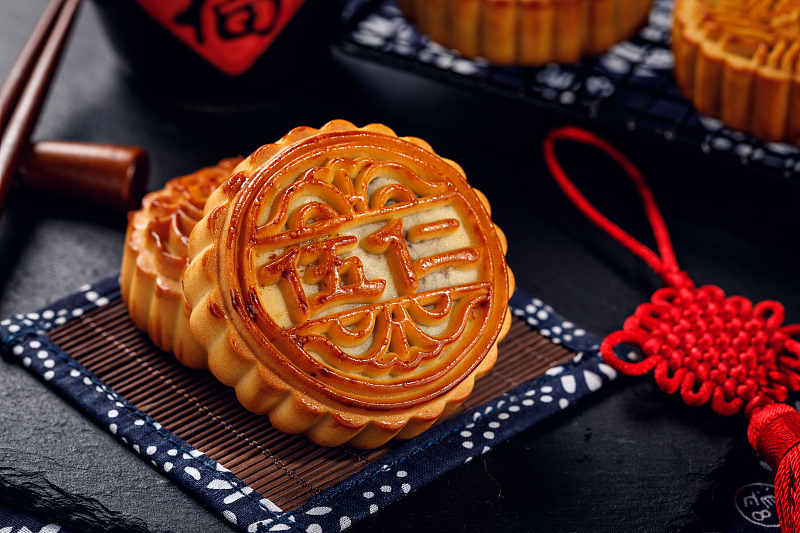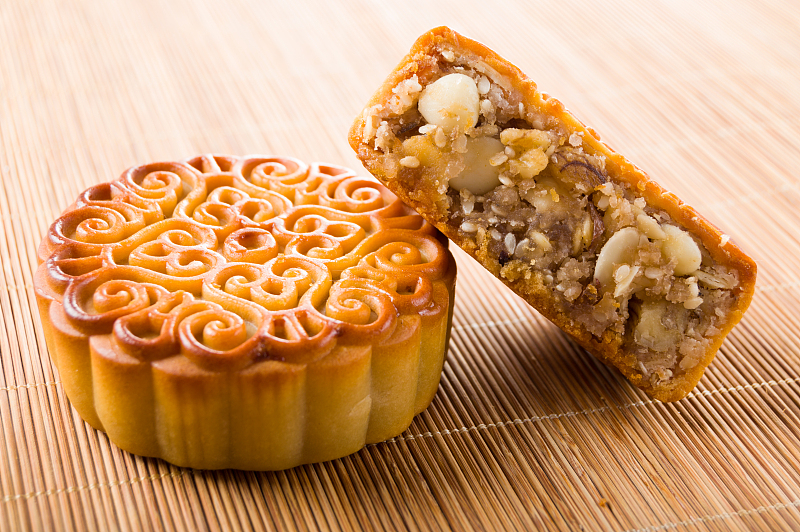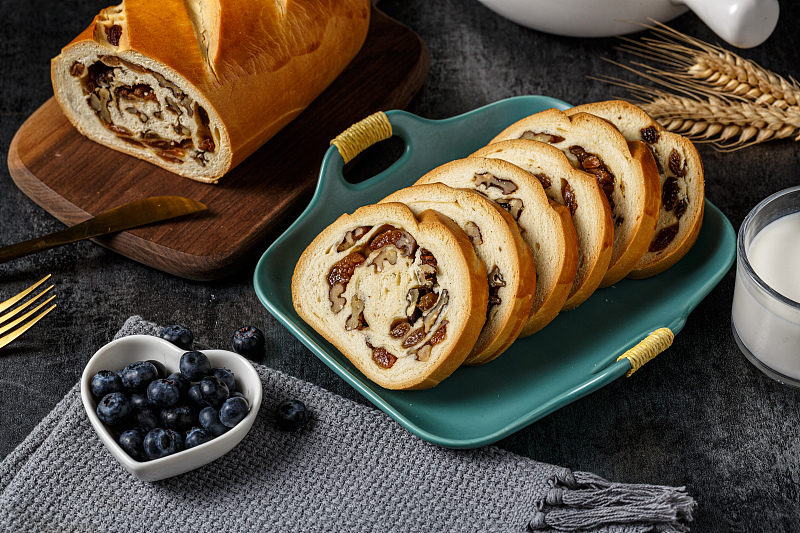
To celebrate the Mid-Autumn Festival, Chinese people eat mooncakes, which feature various fillings and a round shape. /CFP
To celebrate the Mid-Autumn Festival, Chinese people eat mooncakes, which feature various fillings and a round shape. /CFP

To celebrate the Mid-Autumn Festival, Chinese people eat mooncakes, which feature various fillings and a round shape. /CFP
To celebrate the Mid-Autumn Festival, Chinese people eat mooncakes, which feature various fillings and a round shape. /CFP

A photo shows Dalieba – a traditional bread in Russia. /CFP
A photo shows Dalieba – a traditional bread in Russia. /CFP

A photo shows Dalieba – a traditional bread in Russia. /CFP
A photo shows Dalieba – a traditional bread in Russia. /CFP
China has a long history and rich culture of making various types of snacks. During the Mid-Autumn Festival, Chinese people make mooncakes as a delicacy to celebrate the festival. On that day, family members gather to eat mooncakes and appreciate the beautiful scene of the full moon. The mooncake features various fillings and a round shape like a full moon, symbolizing the family reunion.
Similar to mooncakes that have fillings like the walnuts, the Dalieba, also called Lieba, is a type of bread that gains popularity in northeast China. When Russians came to work and settle down in the northeast area in China, they also brought their culture and living habit to China. Dalieba is one of the iconic Russian influences on the cuisine in China. It is made from wheat flour with a sweet taste.